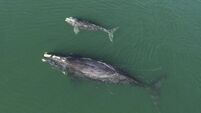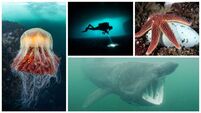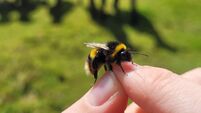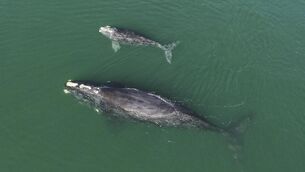Donal Hickey: Mink eradication pilot programme underway in the Midlands
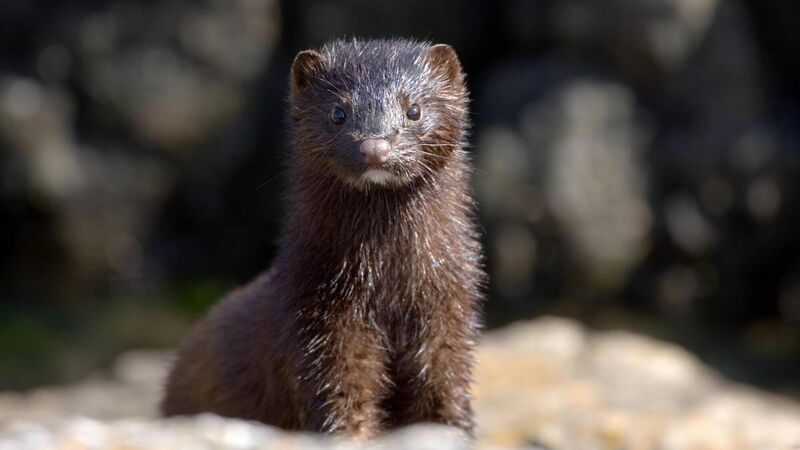
The mink eradication programme is Ireland’s first large-scale attempt to remove the invasive American Mink (Neovison vison) from a designated area. Led collaboratively by the Breeding Waders EIP and the National Association of Regional Game Councils, and supported by the National Parks and Wildlife Service, the programme aims to safeguard vulnerable ground-nesting birds and native wildlife by tackling one of their most significant predators.
A new plan to eradicate mink, regarded as one of the biggest threats to ground-nesting birds, will involve the use of trapping techniques already shown to be effective in Britain.
The pilot project will be based in the Midlands, covering a total area of 2,600 kilometres and stretching 20 kilometres in all directions from the shores of Lough Ree, on the Shannon.
American mink were first recorded in the wild, in Ireland, more than 60 years ago, and have spread countrywide since then. The current population is descended from animals which either escaped, or were released, from mink farms.
The farms produced valuable fur for high-end fashion items such as mink coats which became status symbols and were famous for their comfort and style.
Mink, whose dark brown fur may appear black, are often found along waterways and are sometimes confused with stoats and pine martens.
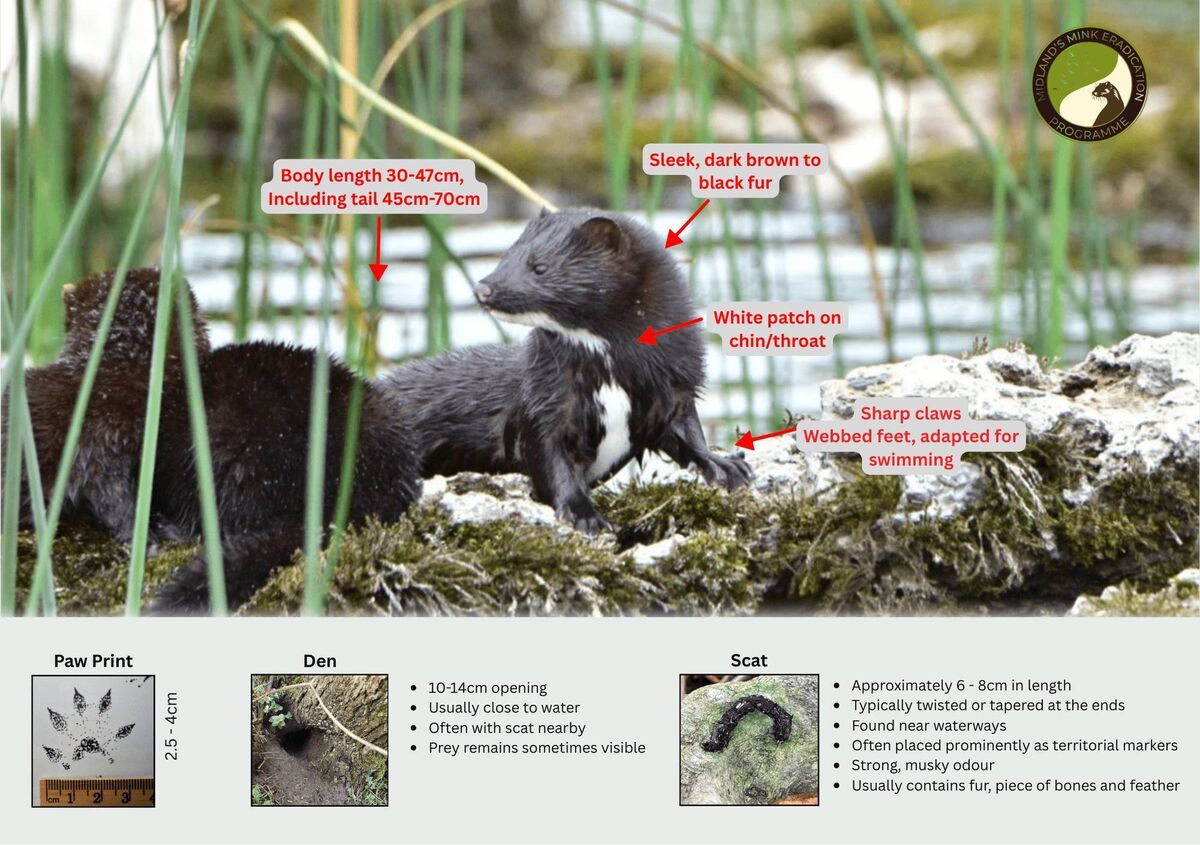
Previous reports from the National Parks and Wildlife Service (NPWS) put the Irish invasive mink population at between 20,500 and 33,500, but that has grown to at least 50,000, according to current estimates.
Domestic fowl are also targets of mink. I know a few farmers who had to give up keeping hens because all efforts to mink-proof sections of their property set aside for poultry failed.
The latest initiative was announced by Minister of State for Nature, Christopher O’Sullivan — a collaboration between the Breeding Waders European Innovation Partnership (EIP) and the National Association of Regional Game Councils (NARGC) and supported by the NPWS.
Lough Ree is an important area for breeding wader birds and the project will see activity as far south as Shannonbridge, west to the River Suck, North to Rooskey and east to Longford Town.
Predators, including mink, pose the greatest threat to ground-nesting birds such as breeding waders, red grouse, grey partridge and hen harrier. Mink can also prey on lambs, frogs, pheasants and seabird colonies.
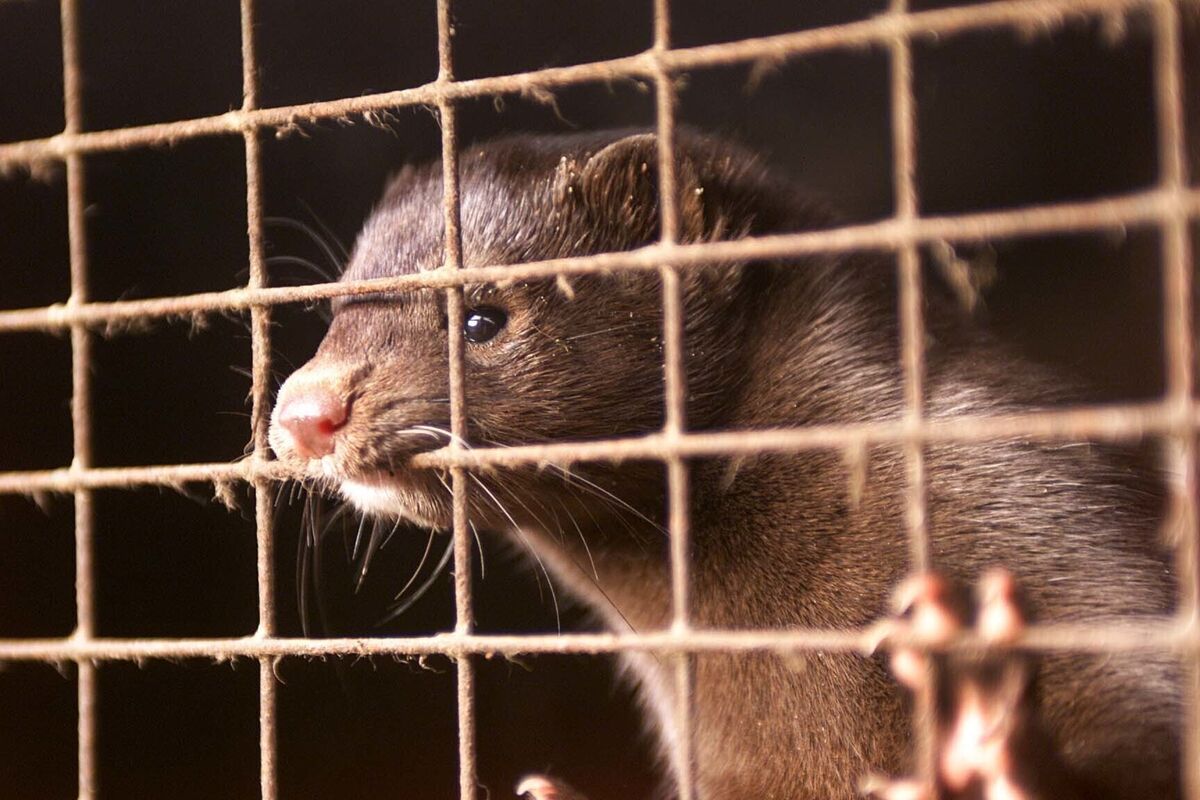
Updated EU Regulations will require Ireland to introduce new mink management measures. The pilot project, meanwhile, aims to eradicate mink from the specified area over three and a half years. It will be delivered through a trained and co-ordinated volunteer network.
All volunteers will be professionally trained in identifying and trapping mink in compliance with animal welfare legislation. A specialist mink detection dog will help to locate mink and volunteer teams will then set traps in the identified areas.
Niall Ó Donnchú, director general NPWS, stated: “If we are to tackle the threat of invasive species, then we must try new approaches. International evidence shows that this approach has been effective in regions in England and Scotland and it is also extremely cost effective."




